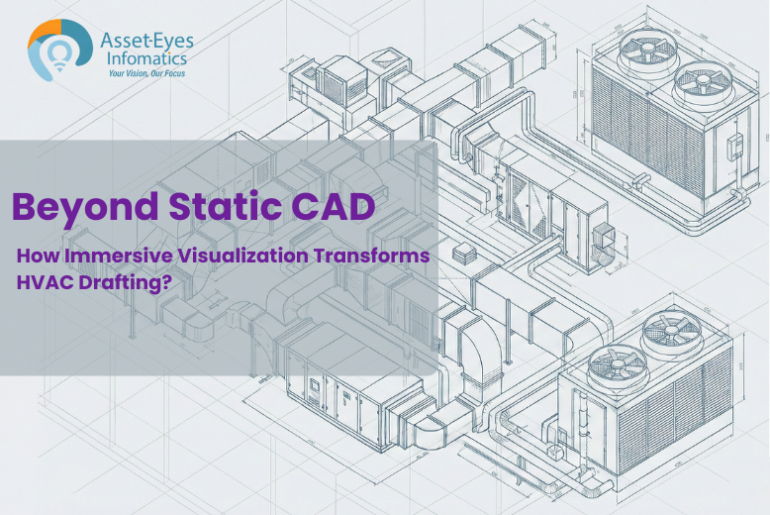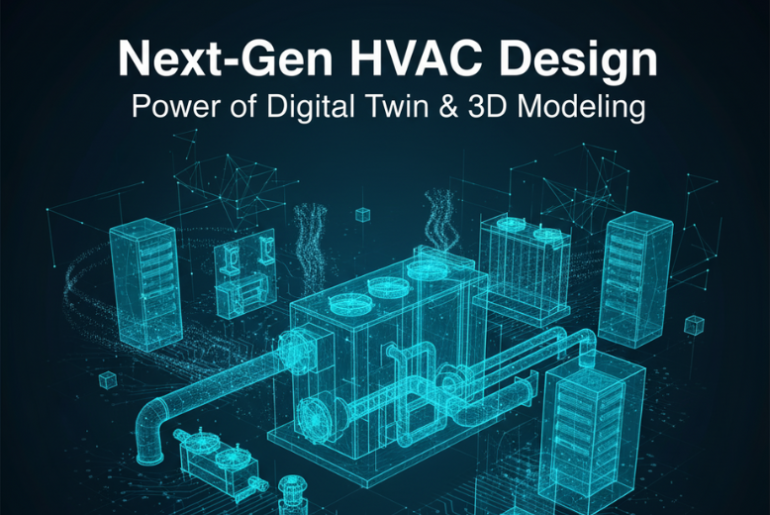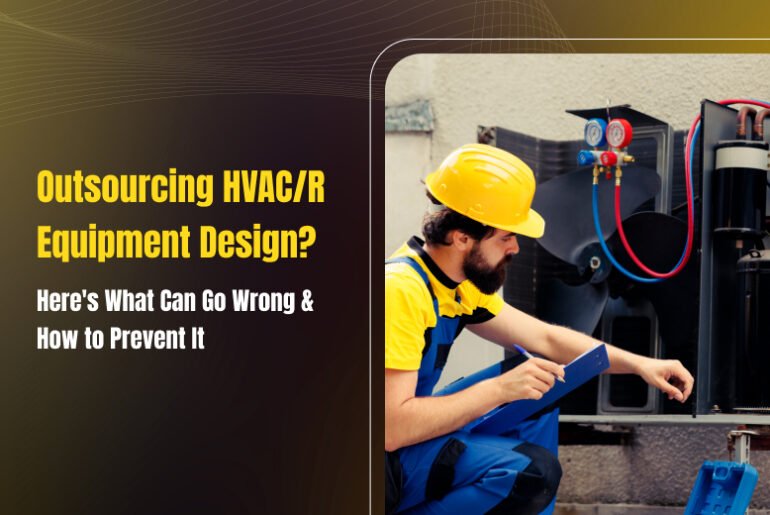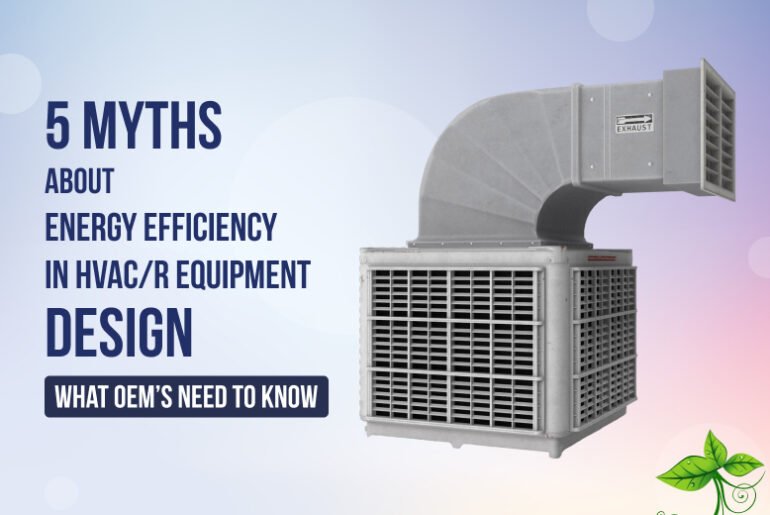Have you ever tried explaining a complex air handling unit layout or chiller plant configuration using only 2D drawings and static screenshots? We know that trying to paint a picture of what a piece of equipment looks like in the real-world isn’t an easy task, especially to stakeholders who don’t come from a technical background.Traditional CAD drafting often fall short of communicating design intent effectively across diverse teams from engineers to production staff to field…
Midweek chaos, as usual, sets in while you juggle three urgent product development projects at the same time. Your lead mechanical engineer is deep in a debate with the software team about IoT integration requirements, each side trying to align on what the final system really needs. Your phone buzzes again with yet another regulatory update that could easily affect your launch timeline if not addressed quickly. On top of that, there’s a red flag…
Have you ever seen a well-planned project descend into chaos due to just one miscommunication? If you’re managing multiple projects simultaneously, you’ve probably experienced that sinking feeling when a seemingly insignificant error creates a domino effect across your entire project portfolio. The reality is that coordinating multiple installations while managing diverse stakeholder expectations can feel like solving a multi-dimensional puzzle and when coordination falters, inefficiencies multiply quickly. The challenges facing operations managers in larger HVAC/R…
Have you ever found yourself explaining a complex HVAC equipment design to your manufacturing team, only to discover they’ve interpreted your documentation differently than intended? Or perhaps you’ve watched as a meticulously designed system faces unexpected challenges during installation because what worked perfectly in theory didn’t translate to the real world? If you’ve experienced these situations, you’re definitely not alone. For HVAC original equipment manufacturers (OEMs), bridging the gap between design vision and manufacturing reality…
Proper ventilation is one of the most important aspects of creating a safe and efficient industrial facility. Whether it’s a factory, warehouse, or chemical plant, the right airflow helps protect worker health, remove hazardous gases, control temperature, and enhance overall comfort. However, Industrial Ventilation System Design can be challenging, especially in large and complex buildings. That’s why simulation technology is now widely used by engineers and facility designers. It allows them to create a virtual…
Table of Contents The Problem: Design Inefficiency CostsReal-World ImpactsDesign Efficiency Strategies1. Eliminating Over-Engineering2. Integrated Engineering Approach3. Scalable Design Methods4. Process OptimizationOur Specialized ExpertiseConclusion The Hidden Cost of Design Inefficiency In today’s competitive HVAC&R manufacturing landscape, design inefficiencies aren’t just frustrating—they’re profit killers. While most manufacturers recognize bottlenecks exist, few have quantified their true impact on the bottom line: Late-stage redesigns adding weeks to production timelinesOver-engineered systems driving up unnecessary costs and complexityInefficient workflows delaying time-to-market,…
A mid-sized HVAC/R manufacturer outsourced the design of a heat exchanger for their commercial chiller line, seeking faster time-to-market and specialized expertise. Initial prototypes excelled in controlled tests, showing a promising 15% efficiency improvement. Production launched with high expectations for a competitive edge in the industrial cooling market. Within months, disaster struck. Service calls flooded in from distributors across regions, all reporting premature heat exchanger failures causing critical system shutdowns. Despite passing all standard quality…
Energy efficiency isn’t just a buzzword—it’s the cornerstone of industrial decarbonization efforts. Yet despite significant technological advances and numerous incentive programs, several persistent myths continue to hold back the full adoption of energy-efficient design strategies by HVAC/R equipment manufacturers. Today, we dismantle these myths to reveal the truth and highlight what OEMs need to know. Table of Contents IntroductionEnergy Efficiency’s Role in Industrial DecarbonizationThe 5 MythsMyth 1: Component-Level Efficiency Automatically Translates to System-Level EfficiencyMyth 2:…








